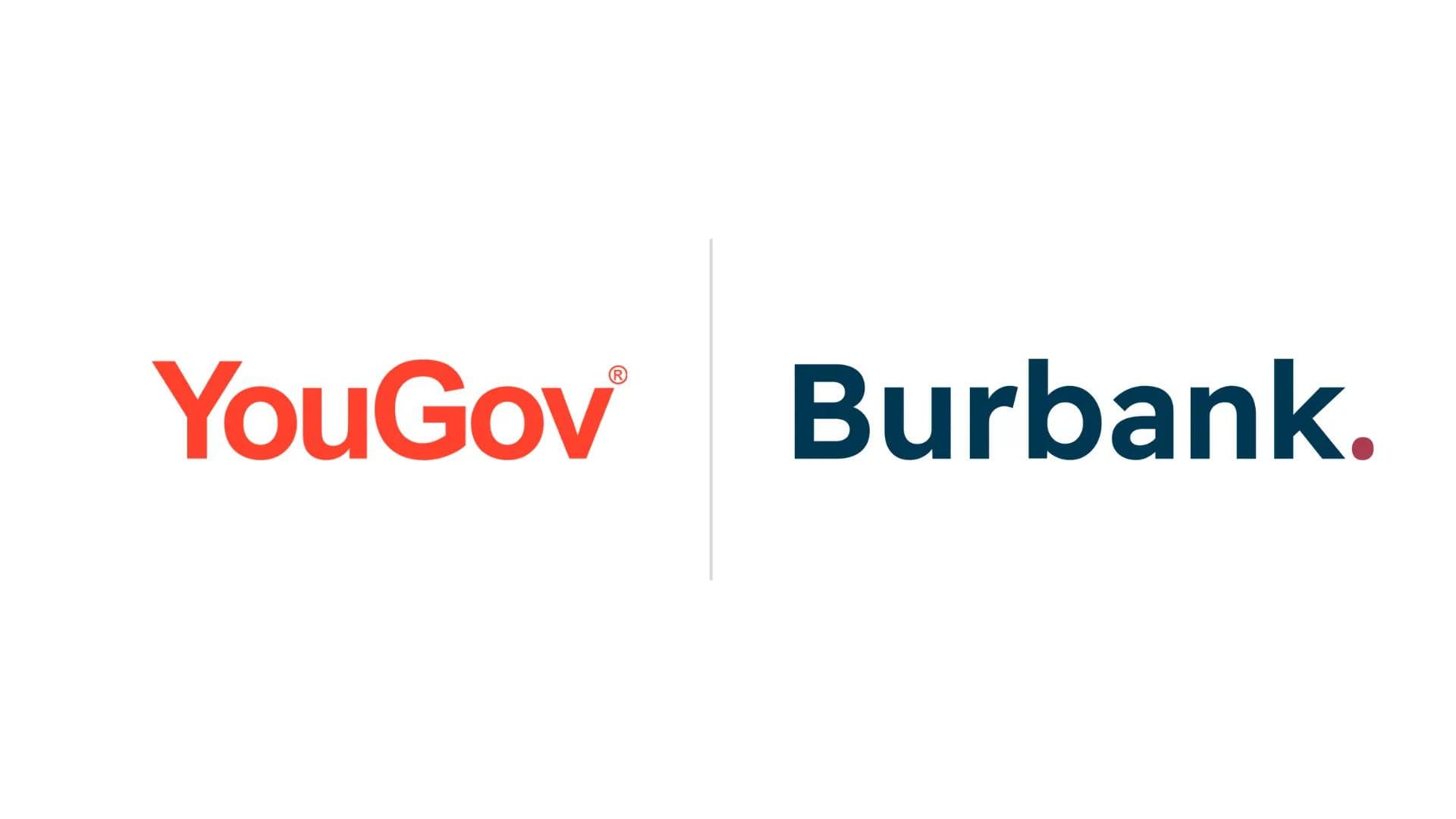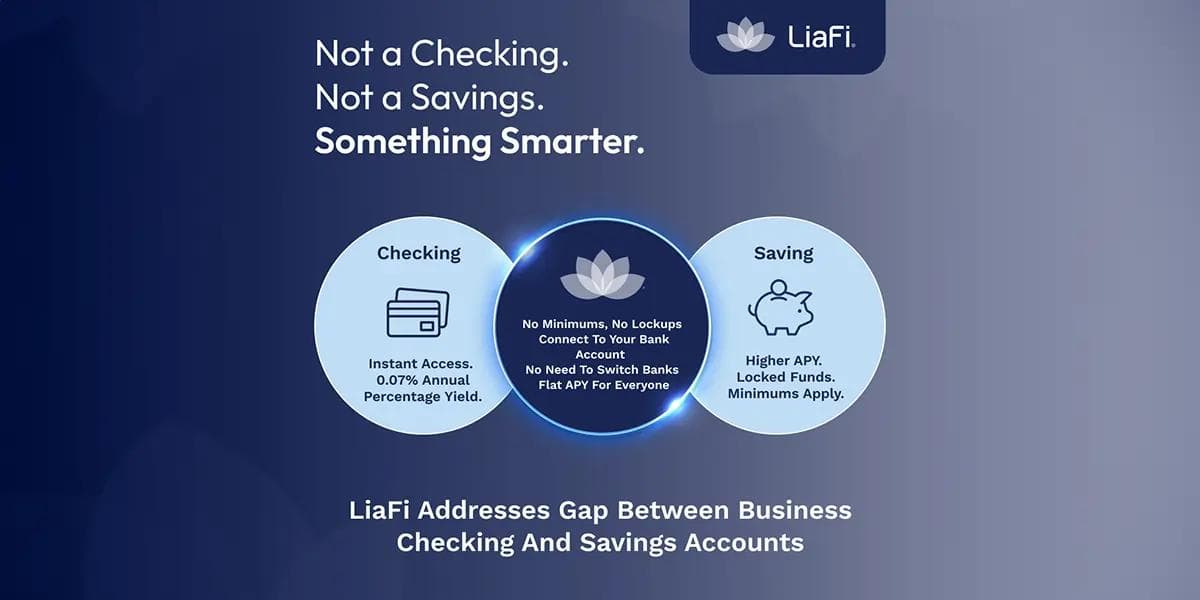Cross-Border Payments Accelerate: Who’s Ready for the New Standard?
Cross-Border Payments Accelerate: Who’s Ready for the New Standard?
Published by Wanda Rich
Posted on May 1, 2025

Published by Wanda Rich
Posted on May 1, 2025

Cross-border payments remain one of the most outdated functions in global finance. Even as information travels instantly, moving money between countries can still take days—with limited transparency and high fees.
Recent data from the European Central Bank projects that global cross-border payment flows will reach €268 trillion by 2030—nearly double current levels. But volume is only part of the story. Multinational companies transfer $23.5 trillion across borders annually, losing more than $120 billion each year in transaction fees.
As these costs rise, the urgency to improve speed, interoperability, and cost efficiency is intensifying. The business case for change is clear.
Modernizing global payments isn’t just a technical upgrade—it represents a structural shift in how international commerce operates. Faster, cheaper, and more transparent transactions support trade, streamline supply chains, and promote financial inclusion. As expectations evolve, legacy systems are under increasing pressure to keep pace.
The Great Payment Reset
Behind the scenes, infrastructure for cross-border payments is being reengineered. In April 2025, five major central banks launched Nexus Global Payments, a company designed to operate a standardized, real-time payments platform across jurisdictions. The initiative builds on Project Nexus, developed by the Bank for International Settlements Innovation Hub, and aims to link domestic instant payment systems for near-instant international transactions.
Meanwhile, SWIFT has confirmed that November 2025 will mark its full transition to ISO 20022, a globally harmonized messaging standard. The upgrade introduces richer data fields and greater interoperability—essential improvements for speed, accuracy, and compliance in cross-border transfers.
Asia Leads, Others Follow
Singapore has assumed a central role in advancing cross-border payment innovation. As the headquarters of Nexus Global Payments, it supports the creation of a platform designed to link multiple domestic instant payment systems, allowing transactions between countries to settle nearly as quickly as domestic ones.
Asia-Pacific markets are already putting this into practice. India and Thailand have implemented bilateral real-time payment links, providing a live example of how regional collaboration can reduce settlement delays and costs.
In parallel, the European Central Bank’s TIPS system is being positioned to support instant cross-border payments within the euro area and beyond—advancing the EU’s broader agenda to streamline international transactions.
The Business Impact
For businesses—particularly small and medium-sized enterprises—delays in cross-border payments can create serious financial strain. Thin margins leave little room for uncertainty, and waiting multiple days for funds to settle can disrupt supply chains, cash flow, and customer relationships. Modernizing global payment rails could change this: faster settlement, improved transparency, and better currency conversion rates may reduce overhead and improve predictability for international transactions.
These inefficiencies are especially burdensome for small and medium-sized enterprises (SMEs) and businesses in emerging markets, where high fees, limited FX transparency, and processing delays can constrain growth. According to the World Bank, the global average cost of sending remittances remains above 6%—a figure that disproportionately impacts low-income countries and small-scale exporters.
Banks are also under pressure to keep up. In the United States, the Federal Reserve has set July 14, 2025, as the ISO 20022 adoption deadline for Fedwire. U.S. financial institutions must modernize their messaging infrastructure or risk losing ground to global peers that have already transitioned.
Private Players Disrupting the Status Quo
While public-sector initiatives focus on regulatory and infrastructure alignment, private-sector innovation is rapidly reshaping the cross-border payments market. According to Research and Markets, the market is valued at USD 221.6 billion in 2025 and is expected to grow to USD 313.4 billion by 2030, reflecting a 7.1% compound annual growth rate.
Much of this growth is driven by digital remittances and mobile-first platforms. Global Growth Insights forecasts that digital cross-border remittance volumes will reach USD 67.4 billion by 2033, highlighting a sustained shift toward tech-enabled solutions.
Investment trends confirm this momentum. PitchBook data shows that European firms currently receive 55.2% of total cross-border payments venture capital, with Asian companies accounting for 21.1%. Europe continues to lead on infrastructure development, while Asia drives adoption through innovation and mobile technology.
Compliance and Regulatory Alignment
Efforts to modernize cross-border payments are closely tied to evolving regulatory frameworks. In February 2025, the Financial Action Task Force (FATF) launched a public consultation on updates to Recommendation 16. The proposed changes aim to improve affordability and transparency while preserving robust safeguards against money laundering and terrorist financing.
At the same time, the Financial Stability Board (FSB) has released recommendations to harmonize data frameworks across jurisdictions, enabling more consistent monitoring of cross-border flows.
FATF’s current standards now require payment service providers to include full originator and beneficiary information in all wire transfers. This helps enhance traceability, reduce illicit finance risks, and ensure financial institutions remain compliant amid increasing transaction volumes.
The Road Ahead: Challenges and Opportunities
Despite clear progress, several systemic challenges continue to complicate the modernization of cross-border payments. Chief among them is interoperability—the technical and regulatory alignment required for national payment systems to operate seamlessly across borders. To address this, the Financial Stability Board (FSB) established the Forum on Cross-Border Payments Data in March 2025. The initiative focuses on creating common data standards and progress metrics to support consistency in the exchange of payment information globally.
Regulatory fragmentation is another barrier. While some jurisdictions are advancing quickly with digital infrastructure, others are taking a more conservative stance, creating friction in multilateral efforts. The development of Central Bank Digital Currencies (CBDCs) adds further complexity. Although CBDCs have the potential to streamline international payments, they also introduce new operational, technical, and legal considerations. A recent IMF study suggests that widespread adoption of digital currencies could significantly alter global payment flows—yet implementations remain fragmented by country.
Multilateral coordination will play a key role in addressing these challenges. The G20’s cross-border payments roadmap, led by the FSB and other international bodies, sets clear quantitative targets for reducing costs, increasing speed, and improving access by 2027. The latest progress report emphasizes the importance of public–private collaboration, improved data frameworks, and alignment of regulatory standards across jurisdictions. Achieving these outcomes will depend on both technical integration and coordinated policy execution.
Who Will Lead the Next Phase?
As cross-border payment systems continue to evolve, the divide between institutions investing in modernization and those that delay is growing. Financial institutions that act now—by upgrading infrastructure or forming partnerships with agile fintech firms—are likely to benefit from better efficiency, transparency, and client retention.
For businesses and consumers, adaptability will be key. Organizations that embrace new cross-border payment solutions may gain an edge in pricing, speed, and reliability. As expectations shift globally, seamless and transparent international payments will increasingly become the norm.
The challenge ahead is no longer technological—it is strategic. The foundations for transformation are in place. What remains is the ability of institutions to execute, align, and deliver on the promise of faster, more efficient global finance.
Explore more articles in the Top Stories category











